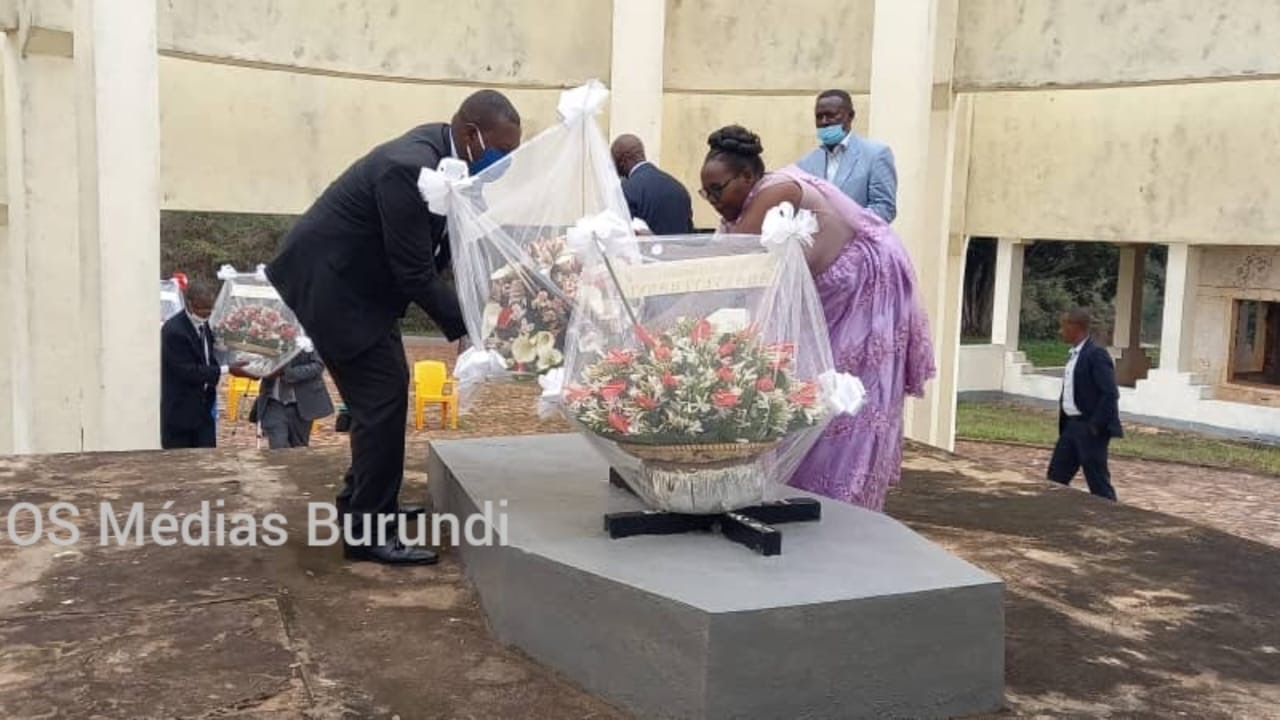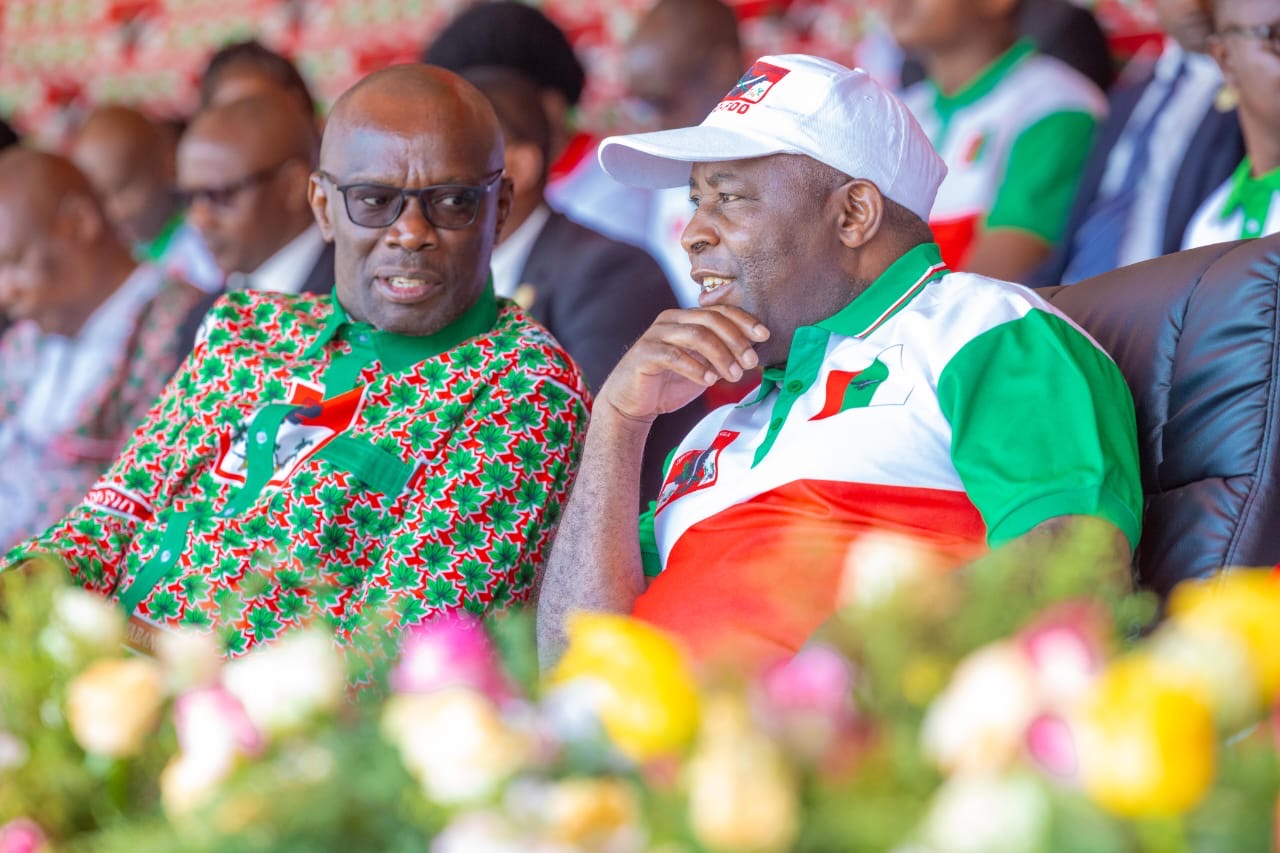Memory under surveillance : representatives of victims of Buta and Kibimba arrested in Bujumbura

SOS Médias Burundi
Bujumbura, June 14, 2025 – André Bizoza and Florence Rutamucero, activists in the Buta and Kibimba killings survivors’ associations, were arrested on Friday, June 13, 2025, at Melchior Ndadaye International Airport, as they were preparing to travel to Kenya for a work assignment. A third person was accompanying them. All three were returned to the commercial capital and placed in two separate police cells in Bujumbura.
The information was confirmed to SOS Médias Burundi by Emmanuel Nkurunziza, Secretary General of AC Genocide Canada, an organization working against the genocide ideology, and by a member of the committee of the Buta Survivors’ Association. However, no details were given regarding the reasons for these arrests.
A commemoration made impossible
Since President Évariste Ndayishimiye came to power, survivors and families of victims of the Kibimba massacre say they have been regularly prevented from commemorating their loved ones. This is more disturbing given that the tragedy occurred in Giheta district, in Gitega province, the home stronghold of the head of state, who owns a private residence there.
Recalling the Kibimba massacres
On October 21, 1993, the day after the assassination of President Melchior Ndadaye, Burundi’s first democratically elected head of state from the Hutu majority, a wave of ethnically motivated violence swept across the country.
In Kibimba, at a Protestant secondary school in Giheta district, more than 150 Tutsi pupils were targeted. Gathered at a nearby petrol station at Kwibubu, several were burned alive, others beheaded or hacked to death. The tragedy shocked the entire country. Yet, more than three decades later, the victims’ families denounce the state’s refusal to acknowledge the genocidal nature of these massacres.
The martyrs of Buta
A few years later, on the night of April 29-30, 1997, another tragedy struck at the minor seminary of Buta, in Bururi province, where rebels attacked the Catholic institution, gathering the young seminarians and ordering them to separate according to their ethnicity. The pupils refused, preferring to die together rather than betray one another. Forty pupils, both Hutu and Tutsi, were executed. Since then, these young people have been considered martyrs of the fraternity, and their cause for beatification has been opened to the Vatican.
Fragmented memory, divergent readings
Like Rwanda, its northern neighbor, Burundi is populated mainly by Hutus and Tutsis. But unlike the internationally recognized 1994 genocide of the Tutsi in Rwanda, the 1993 killings in Burundi have yet to be universally recognized.
Tutsi survivors are demanding that the massacres that followed Ndadaye’s assassination be classified as genocide against the Tutsi. For their part, Hutu associations, political figures, including the former ruling party Frodebu, and even a former president, are actively campaigning to have the 1972 massacres—during which tens of thousands of Hutus were exterminated—recognized as genocide against the Hutu.
In May 2022, President Évariste Ndayishimiye refused to endorse a National Assembly law to this effect, based on a report from the highly controversial Truth and Reconciliation Commission (CVR).
A two-speed memory
The recent arrests of representatives of the Buta and Kibimba survivors have rekindled tensions surrounding the Burundian collective memory, where official silence, banned commemorations, and selective characterizations of the massacres continue to drive a wedge between communities.

